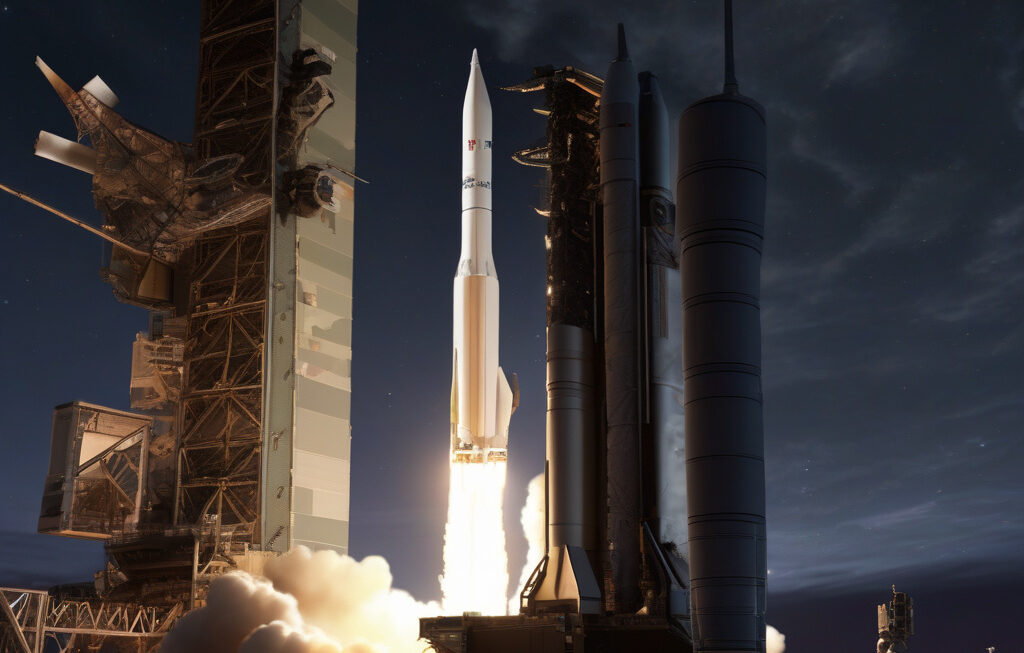The U.S. Army is expected to soon get a new type of high-energy weapon that could revolutionize warfare as we know it. This cutting-edge technology, known as the High Energy Laser Tactical Vehicle Demonstrator (HEL TVD), is a next-generation “death ray” laser capable of destroying enemy drones and incoming threats at the speed of light.
The development of the HEL TVD comes at a time when the U.S. military is increasingly focused on countering the growing drone threat posed by adversarial nations and non-state actors. Traditional kinetic weapons, such as missiles and guns, have limitations in terms of speed, precision, and cost-effectiveness when it comes to neutralizing small, agile targets like drones. In contrast, high-energy lasers offer a more efficient and accurate means of defense, with the ability to rapidly engage multiple targets without the need for ammunition resupply.
One of the key advantages of the HEL TVD is its enhanced power output, which allows it to deliver lethal levels of energy to targets over extended ranges. This increased effectiveness is crucial in countering swarms of enemy drones or other aerial threats that may pose a danger to U.S. forces or critical infrastructure. By harnessing the power of directed energy, the U.S. Army aims to stay ahead of its adversaries and maintain battlefield superiority in an increasingly complex and contested environment.
Moreover, the HEL TVD is designed to be mounted on a tactical vehicle, providing greater mobility and flexibility to military units operating in diverse theaters of operation. This capability enables the system to be rapidly deployed to hotspots or potential conflict zones, where it can quickly establish a defensive perimeter and protect friendly forces from airborne threats. In addition, the modular nature of the HEL TVD allows for ease of integration with existing command and control systems, ensuring seamless coordination with other air defense assets.
The potential applications of high-energy lasers in military operations extend beyond drone defense to include precision strike, intelligence, surveillance, and reconnaissance (ISR), and even non-lethal deterrence. With further advancements in technology and ongoing testing and evaluation, the HEL TVD could pave the way for a new era of directed energy weapons that offer unprecedented speed, range, and precision on the modern battlefield.
As the U.S. Army prepares to field the HEL TVD in the near future, the implications for national security and strategic deterrence are significant. By investing in cutting-edge technologies like high-energy lasers, the United States demonstrates its commitment to maintaining military superiority and protecting its interests against emerging threats. The evolution of directed energy weapons represents a critical step forward in the modernization of the U.S. military and underscores the importance of innovation in staying ahead of potential adversaries.
In conclusion, the advent of the HEL TVD heralds a new chapter in the history of warfare, where the speed and precision of high-energy lasers offer a distinct advantage in countering evolving threats. By harnessing the power of directed energy, the U.S. Army is poised to enhance its defensive capabilities and ensure mission success in an increasingly complex security environment.
US Army, High Energy Laser, Directed Energy, Military Innovation, Future Warfare












